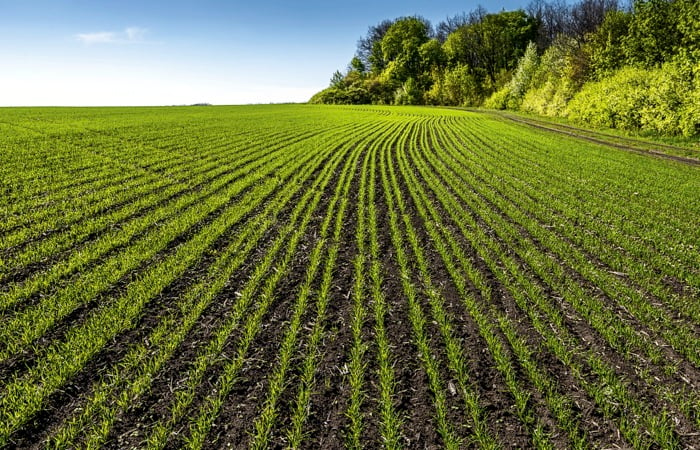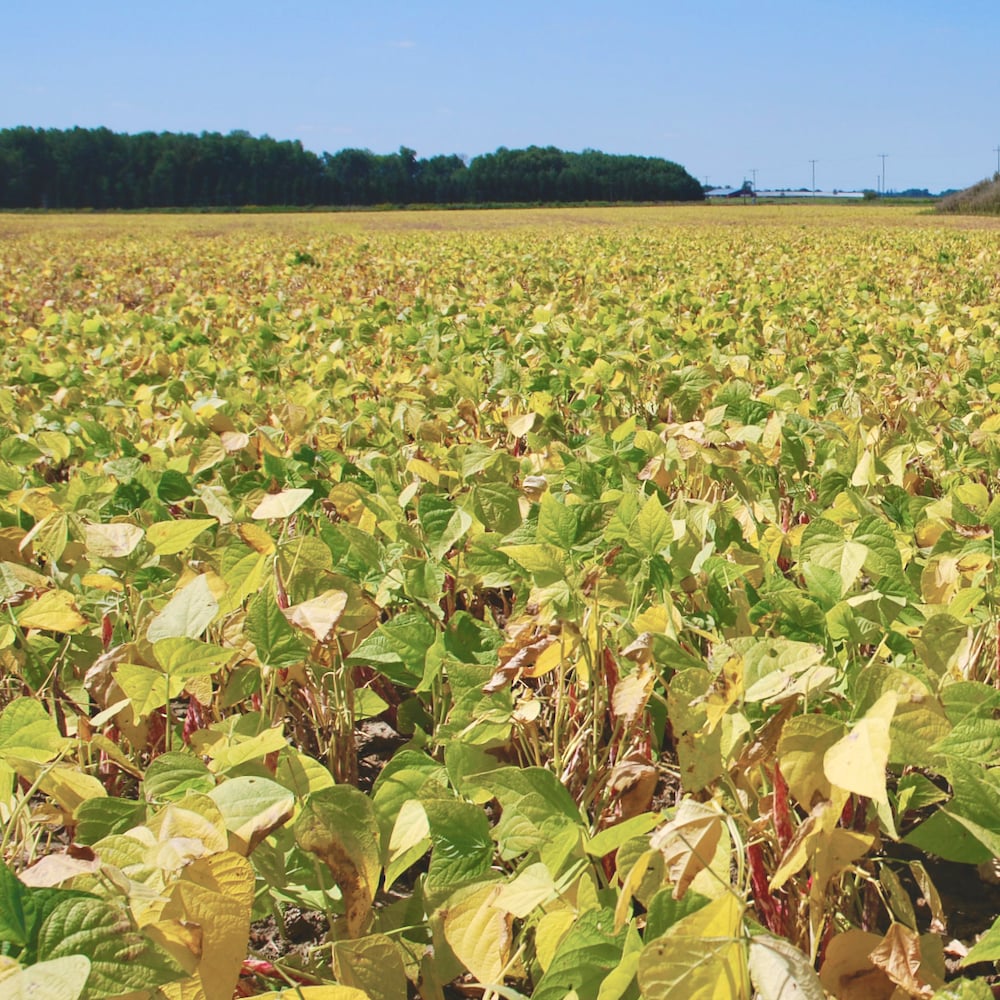New study is first step in predicting carbon emissions

Researchers at the University of Minnesota Twin Cities and the University of Illinois Urbana-Champaign have demonstrated it is possible to provide accurate, high-resolution predictions of carbon cycles in agroecosystems, which could help mitigate the impacts of climate change.
Read Also

How EU policies may affect domestic edible bean production
The edible bean complex is a unique market among row crops. Whether white, black, kidneys or adzukis, beans are grown…
The study by scholars was recently published in Nature Communications.
Its findings are a critical first step in developing credible measurement, monitoring, reporting, and verification of agricultural emissions that can be used to guide climate smart practices.
Accurate, scalable, and cost-effective monitoring and reporting of greenhouse gas emissions are needed to verify what are called “carbon credits” or permits that offset greenhouse gas emissions. Farmers can be reimbursed for practices that reduce greenhouse gas emissions. Agriculture accounts for about 25 per cent of greenhouse gas emissions, according to university data, but large corporations can be hesitant about purchasing these credits without knowing how much carbon is being stored.
To accurately gather carbon data now, a farmer would need to obtain a soil core and send it to a lab for analysis.
“To gather the amount of data needed at each individual farm, it could cost the farmers time and money that they may not be willing to give,” said Licheng Liu, a research scientist in the University of Minnesota Department of Bioproducts and Biosystems Engineering.
The emerging field of Knowledge-Guided Machine Learning, pioneered at the University of Minnesota, combines the strength of artificial intelligence and process-based models from physical sciences.
With observations in the United States corn belt, the framework surpasses both process-based and pure machine learning models in accuracy, especially with limited data.
The knowledge-guided system operates more than 10,000 times faster than traditional process-based models, delivering cost-effective high-resolution and high-frequency predictions, the study reported.
“These knowledge-guided machine learning techniques are fundamentally more powerful than standard machine learning approaches and traditional models used by the scientific community to address environmental problems,” said Vipin Kumar, a University of Minnesota professor and researcher in the institute.
Instead of taking soil cores at every farm, researchers can use the power of satellite remote sensing, computational models and AI to provide an estimate of carbon in each field. This allows for compensation to individual farmers that are fair and accurate.
The researchers say this is key to fostering trust in carbon markets and supporting the adoption of sustainable practices.
Source: Farmtario.com

